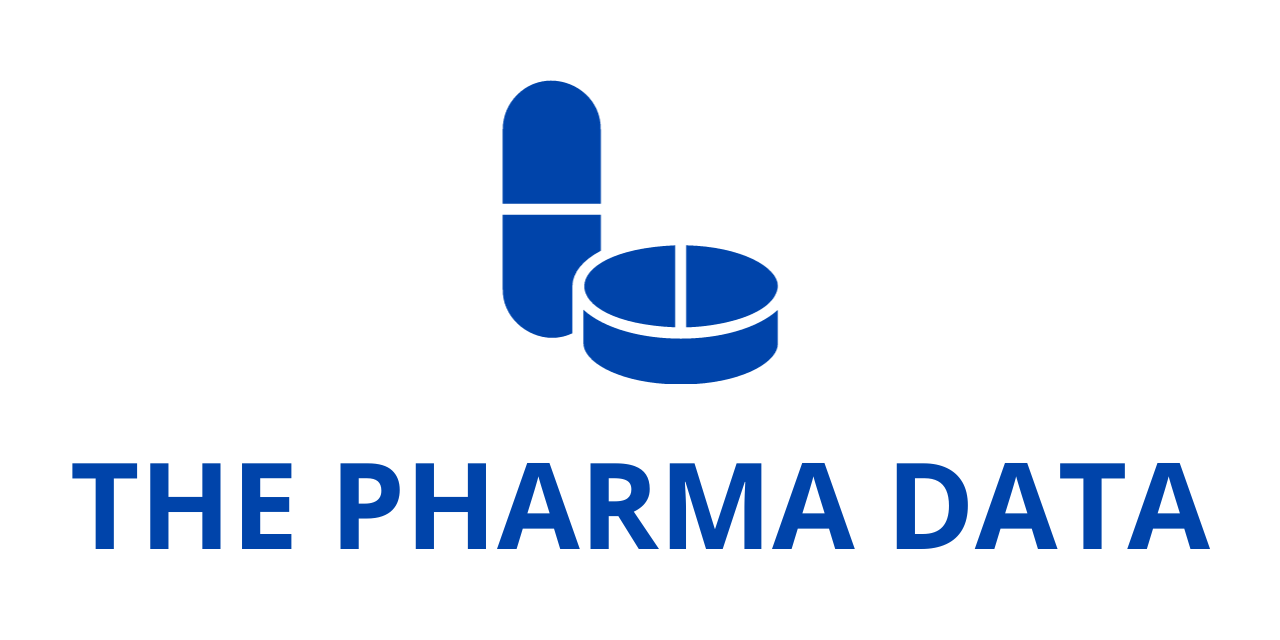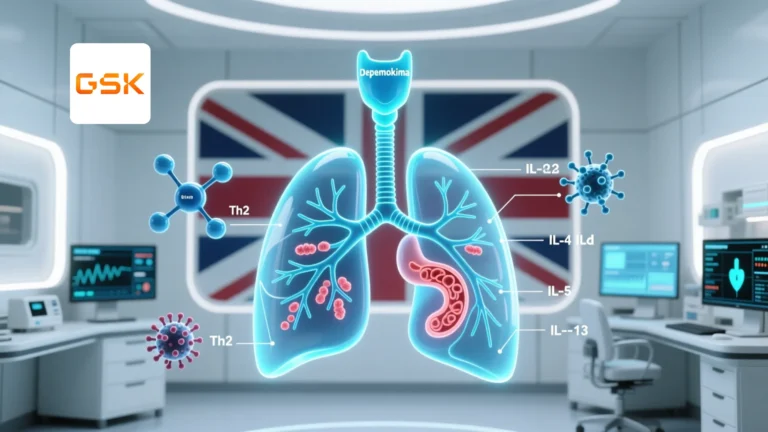
Triastek announced that on February 27, 2025, its proprietary 3D-printed non-vitamin K antagonist oral anticoagulant (NOAC) product, T20G, received Investigational New Drug (IND) clearance from the U.S. Food and Drug Administration (FDA). This milestone follows the product’s prior IND clearance by China’s National Medical Products Administration (NMPA) in January 2024. With approvals from both regulatory bodies, Triastek has taken a significant step forward in the development of T20G, reinforcing its innovative approach to pharmaceutical technology.
Atrial fibrillation (AF) is the most common type of treated heart arrhythmia in clinical practice, affecting approximately 1%–2% of the global population, with estimates ranging between 30 to 100 million cases worldwide. This condition significantly increases the risk of stroke, making anticoagulation therapy essential for effective stroke prevention. NOACs have become the preferred therapeutic agents for this purpose, offering a superior safety and efficacy profile compared to traditional anticoagulants such as warfarin. As a result, leading medical organizations, including the American Heart Association (AHA), the European Society of Cardiology (ESC), and the Asia-Pacific Heart Rhythm Society (APHRS), recommend NOACs as first-line treatment for patients with AF who require anticoagulation therapy.
T20G is being developed through a novel drug delivery system and follows the FDA’s 505(b)(2) New Drug Application (NDA) pathway. This regulatory approach allows Triastek to leverage existing clinical data to support its development program, potentially expediting its approval process. Triastek holds exclusive global intellectual property and commercialization rights for T20G, positioning the company to lead in the evolving field of 3D-printed pharmaceuticals.
The core innovation behind T20G lies in Triastek’s proprietary Melt Extrusion Deposition with Micro-Injection Molding (MED&MIM) technology. This advanced manufacturing process enables precise control over drug formulation and release kinetics. Additionally, T20G incorporates Triastek’s patented 3D Microstructure for Gastric Retention (3DμS®-GR) platform, which facilitates prolonged retention in the stomach and allows for a controlled release of the active pharmaceutical ingredient (API). The ability to sustain drug absorption in the upper gastrointestinal tract significantly enhances oral bioavailability, optimizing therapeutic outcomes for patients.
One of the key advantages of T20G is its once-daily dosing regimen, which stands in contrast to the twice-daily administration required for the reference listed drug (RLD). This extended-release capability is expected to improve patient adherence and simplify medication management, potentially leading to better clinical outcomes. Medication nonadherence is a well-documented challenge in anticoagulation therapy, as missing doses can substantially increase the risk of thromboembolic events. By offering a more convenient dosing schedule, T20G may address this issue and enhance patient compliance.
Dr. Feihuang Deng, Vice President of Technology at Triastek, emphasized the significance of T20G’s regulatory progress: “With IND clearance in both China and the U.S., Triastek has reached a new milestone in gastric retention drug delivery. This dual regulatory recognition not only validates our innovative approach but also accelerates the development timeline for T20G, allowing us to bring high-quality pharmaceutical products to patients worldwide.”

Triastek’s focus on 3D printing technology for pharmaceuticals represents a paradigm shift in drug development. Traditional drug formulation methods often face challenges related to drug solubility, stability, and controlled release. However, 3D printing technology, particularly through Triastek’s MED&MIM process, offers a high level of precision in creating complex drug architectures tailored to specific pharmacokinetic needs. By leveraging this approach, Triastek aims to optimize drug performance and improve patient outcomes across a range of therapeutic areas.
Beyond T20G, Triastek is actively exploring additional applications of its proprietary drug delivery technologies. The company is investigating new formulations for various therapeutic indications, including metabolic disorders, oncology, and gastrointestinal diseases. The success of T20G serves as a proof-of-concept for the broader potential of 3D-printed pharmaceuticals in addressing unmet medical needs.
The regulatory landscape for 3D-printed drugs is evolving, with agencies like the FDA and NMPA recognizing the need for guidelines that address this emerging technology. Triastek’s ability to secure IND clearance for T20G in both China and the U.S. underscores the growing acceptance of 3D-printed drug products within global regulatory frameworks. As these regulatory pathways continue to develop, companies at the forefront of 3D pharmaceutical printing, like Triastek, will play a pivotal role in shaping industry standards and best practices.
Looking ahead, Triastek plans to initiate clinical trials to further evaluate the safety, efficacy, and pharmacokinetic profile of T20G. The data generated from these studies will be instrumental in advancing the drug through subsequent regulatory milestones. Given the high global burden of AF and the increasing demand for more effective anticoagulation therapies, T20G has the potential to significantly impact the treatment landscape for patients requiring long-term anticoagulation management.




